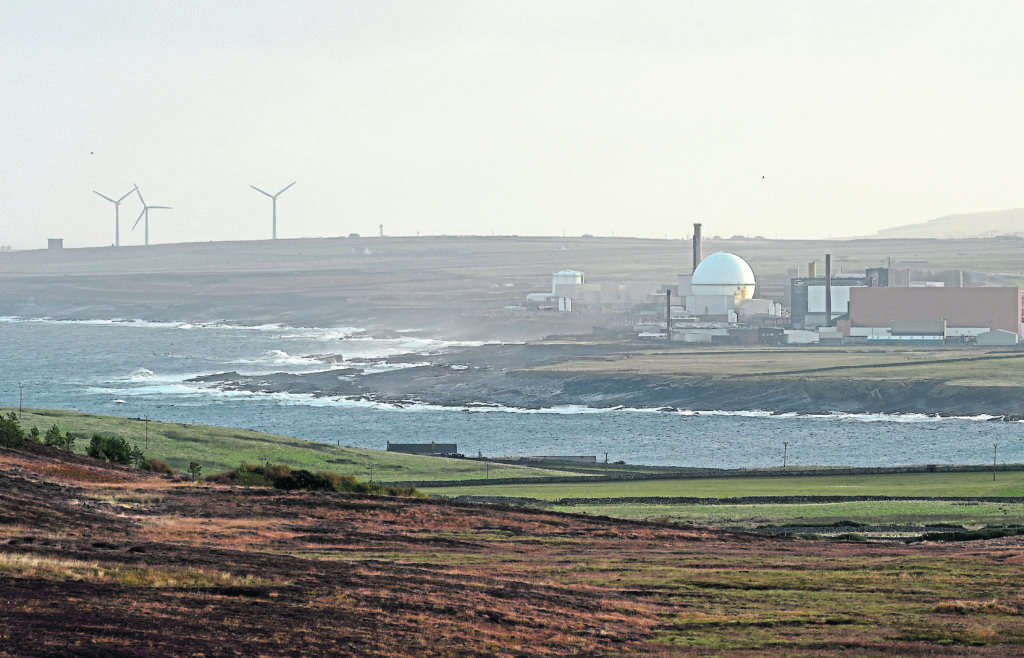
Half the remaining radioactive fuel elements jammed inside the Dounreay Fast Reactor (DFR) have now been removed.
The reactor in Caithness was built in the 1950s at a time when there was a worldwide shortage of uranium for electricity generation.
Its core was surrounded by a blanket of natural uranium elements that would “breed” to create a new fuel, plutonium.
After the reactor closed in 1977 most of the core fuel was removed. Work to remove elements from the breeder zone stopped as some were found to be swollen and jammed.
Almost 1,000 – around two-thirds of the total – were left in place.
After designing and testing remotely-operated equipment, a decommissioning team began recovering the elements in 2017, using purpose-built tools that reached down into the reactor to cut the breeder elements free and lift them into a flask for removal to the next stage of the process.
Senior project manager Raymond Hill said: “This is a challenging project and I am pleased that we are making good progress on the removal of the elements, which is contributing towards the Nuclear Decommissioning Authority’s mission to clean up the UK’s nuclear legacy.”
Local companies who manufactured mechanical equipment included JGC Engineering and Technical, Precision Machining Services and Calder Engineering.